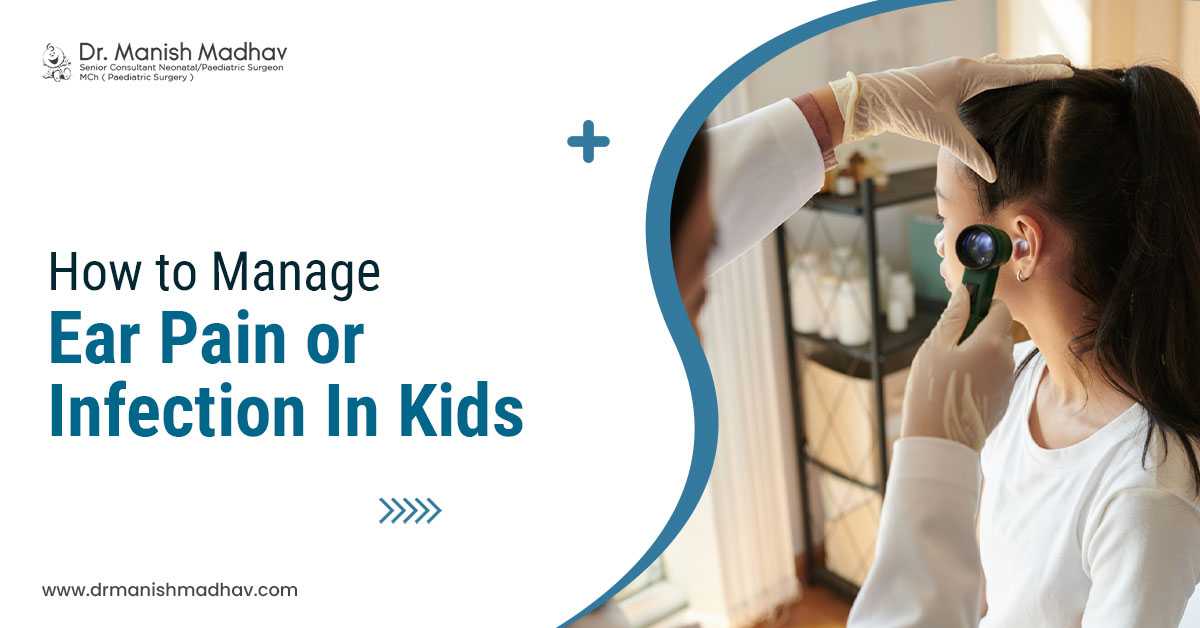Did you know the brain and spinal cord communicate with the rest of the body through peripheral nerves? They help with tasks including sensing the coldness of the feet and moving the body's muscles for walking. Nerves in the periphery are delicate and prone to injury.
For children in particular, peripheral nerve injuries are serious disorders that can cause damage for the rest of their lives. Many times, surgery is the best way to treat such conditions. Here, you can visit a highly experienced pediatric surgeon for effective paediatric neuro surgeries in Siliguri.
Overview of Peripheral Nerve Damage
Axons, the fibres that make up peripheral nerves, are protected by the tissues around them. Peripheral neuropathy is the medical term used to describe damage to the peripheral nerves.Complications and irreversible harm may be avoided with early diagnosis and treatment.
Parents and people around kids can take the right action if they are aware of symptoms, and risk factors for peripheral nerve damage in children.
What Symptoms Might Children With Peripheral Neuropathy Show?
Depending on which nerves are impacted, peripheral neuropathy in children presents may show different symptoms.
Kids may have symptoms like:
- Hand or foot pain
- Burning, or tingling sensation in foot and hands
- twitching or cramping of the muscles
- Loss of feeling or numbness in the arms and legs
- Poor reflexes
- Weakness or loss of muscle control
Reasons for Children's Peripheral Nerve Damage
Children may have peripheral nerve damage for many reasons, such as:
- During birth, some babies sustain nerve damage, particularly if forceps are used or their shoulders are pulled excessively.
- Bone fractures and dislocations (when a nerve is pinched or crushed), may cause peripheral nerve injury.
- Peripheral nerves may be crushed or torn as a result of falls, sports injuries, or accidents.
- Peripheral nerve damage can result from medical disorders such as diabetes, Guillain-Barre syndrome, and carpal tunnel syndrome.
- Peripheral nerve injury can occur accidentally during a surgical operation.
- Nerve injury can also result from illnesses like autoimmune diseases or viral infections.
Making a diagnosis
During a physical examination, a pediatrician will assess a child's symptoms and may suggest tests like:
- Nerve Conduction Studies (NCS) and Electromyography (EMG) are two major examinations used to evaluate muscle responsiveness and nerve function in your kid.
- Imaging tests, such as X-rays, CT scans, MRIs, or ultrasounds, helpwith the visualization of nerve damage and related concerns.
- Clinical observation: Observing the child's movements and reactions to stimuli can reveal information about how the nerves work.
- Monofilament test helps determine whether your kid feels the line, your healthcare professional will lay a short, fishing-line-like length of filament against your child's skin in different locations.
- Blood tests help detect toxin exposure.
Options for Treatment
The level of nerve damage determines the course of treatment for your kid. Typical treatments for peripheral nerve injury in kids include:
- Prescription or over-the-counter painkillers
- Physical therapy, or occupational therapy
- Exercise
- Lifestyle changes
- Anti-depressant or anti-seizure drugs
- Electrode nerve stimulation
- Massage therapy
- Psychological counseling
- Acupuncture
- Nerve blocks
- Topical creams or patches
- Surgery
Based on the level of damage, children's recovery from peripheral nerve injury varies. Therapy, medication,and lifestyle changes help many mild to moderate nerve injuries recover over time in children.
Nonetheless, serious peripheral nerve injuries often needsurgery for optimal recovery. For successful paediatric neuro surgeries in Siliguri, meet the top pediatric surgeon in town, Dr. Manish Madhav. Consult your healthcare expert today.




